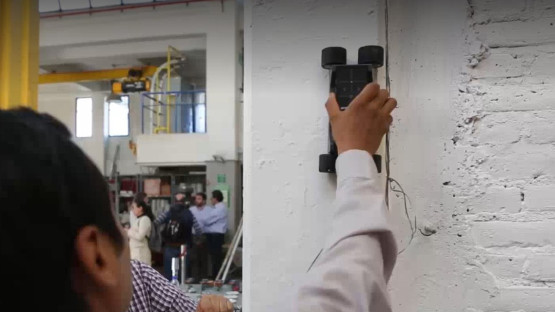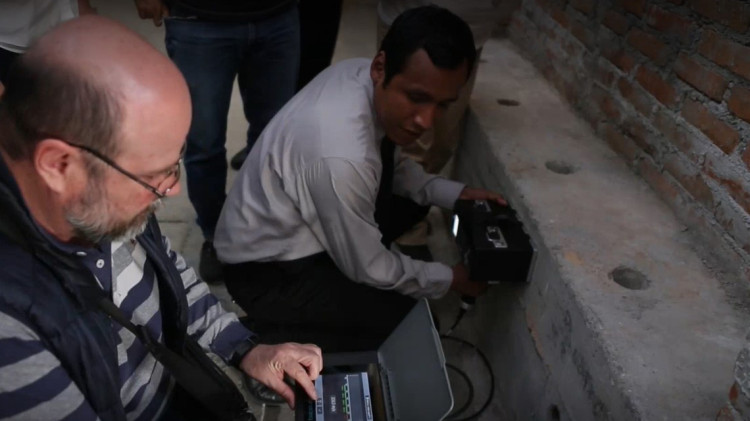It is the second-most-disaster-prone region in the world. Latin America and the Caribbean is vulnerable to natural events like earthquakes, floods and hurricanes owing to its unique tectonic structure and weather patterns. With climate change further exacerbating the impact of these vulnerabilities, the region urgently needed capacity to assess the safety and integrity of built structures following natural disasters, particularly in urban areas. With the IAEA’s help, the region has achieved self-reliance in these capacities.
Four response centres, able to evaluate the integrity of civil structures like roads and bridges in their own and neighbouring countries using nuclear non-destructive testing (NDT) techniques, have been established in Argentina, Chile, Mexico and Peru, with IAEA assistance. These centres will support a coordinated regional response in cases of emergency.
NDT techniques provide reliable data on the strength and integrity of materials without interfering with potentially already weakened or hazardous structures, using different types of radiation to detect defects in concrete, pipes and welding. The techniques are safe and quick, contributing to the protection of civilians.
The four response centres have been established through an IAEA technical cooperation (TC) project, initiated in 2018, to improve the quality of industrial goods and services and enhance the assessment of city structures in Latin America and the Caribbean, using nuclear techniques.
“Recent earthquakes in the region dramatically highlight the importance of networks that improve coordination of emergency response in the disaster-prone region. Through the development of the response centres, the region has become self-sufficient in mitigating the effects of disasters,” said Gerardo Maghella, IAEA Associate Industrial Technologist.
Recent earthquakes in the region dramatically highlight the importance of networks that improve coordination of emergency response in the disaster-prone region. Through the development of the response centres, the region has become self-sufficient in mitigating the effects of disasters.






